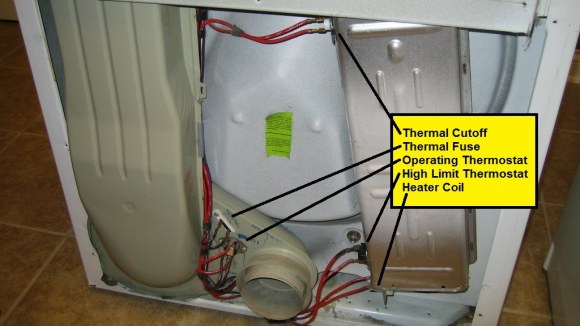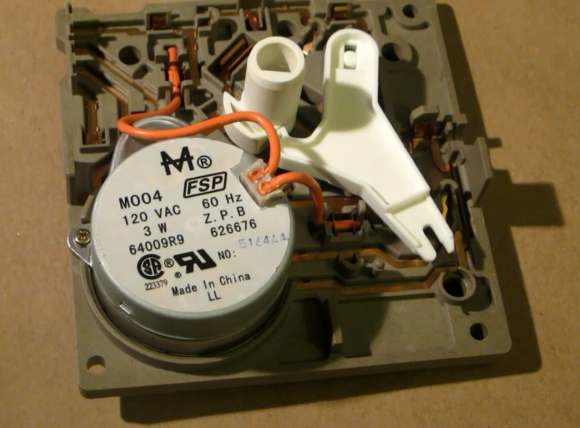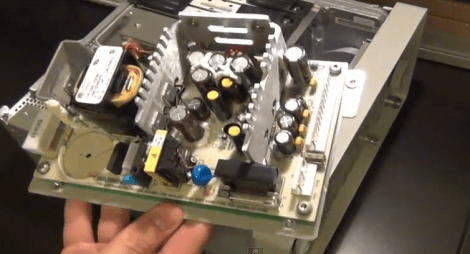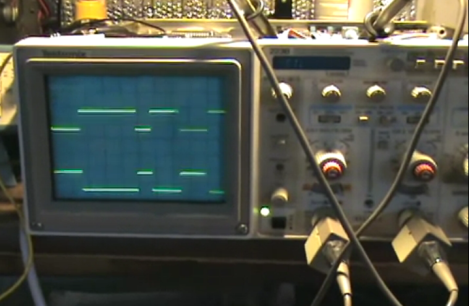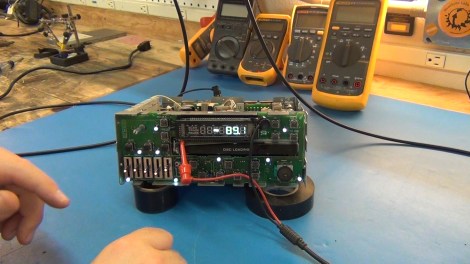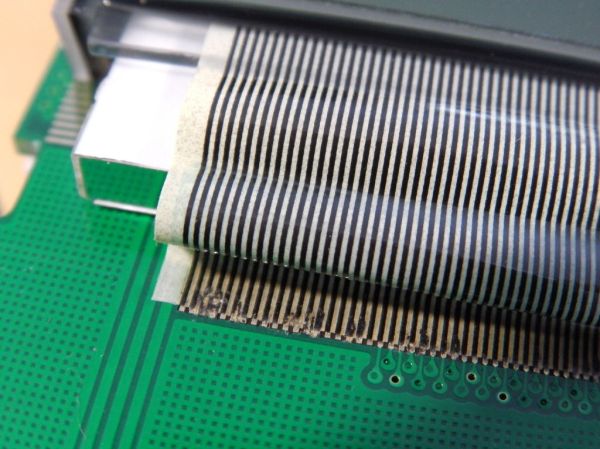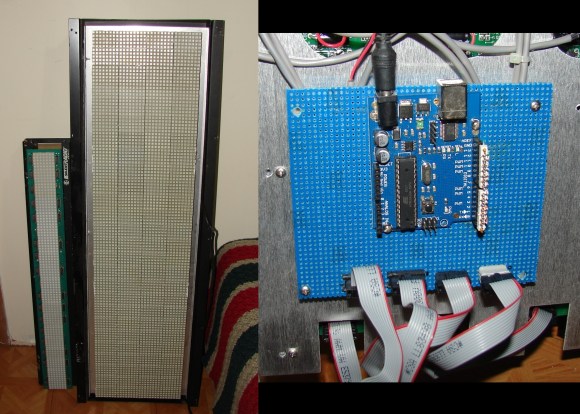
The LED signs sitting idle on the left are brought to life by an Arduino replacement driver shown to the right. The big one is made by Signature Electronic and used as an advertising display like you would see in front of a business. [Bob Davis] picked it up on eBay being sold as non-working. After some power supply repair he set to the task of driving them with his own hardware.
The images he shared give us a good look at the parts used on the sign. The display area is made up of a set of eight 8×5 pixel LED modules. Each module has a key and slot in the top and bottom to help align the rows properly when building a larger array. They use TPIC6B595 shift registers (the same ones seen in yesterday’s low-res gaming hack) and 74HCT138 decoders to multiplex the pixels. Most of this info is shared in the second part of his post.
He hasn’t quite gotten the larger sign to run properly. Each row displays the same data but one pixel lower than the last. If you’ve got some insight on why this is happening we’re sure he’d like to hear about it.
[via Dangerous Prototypes]

